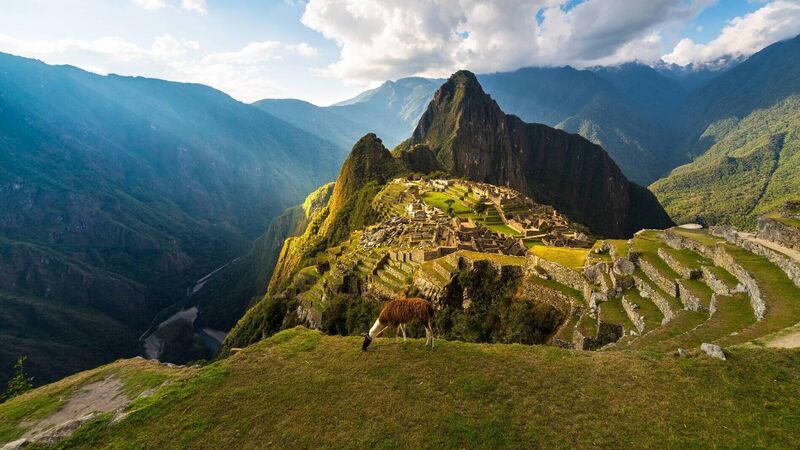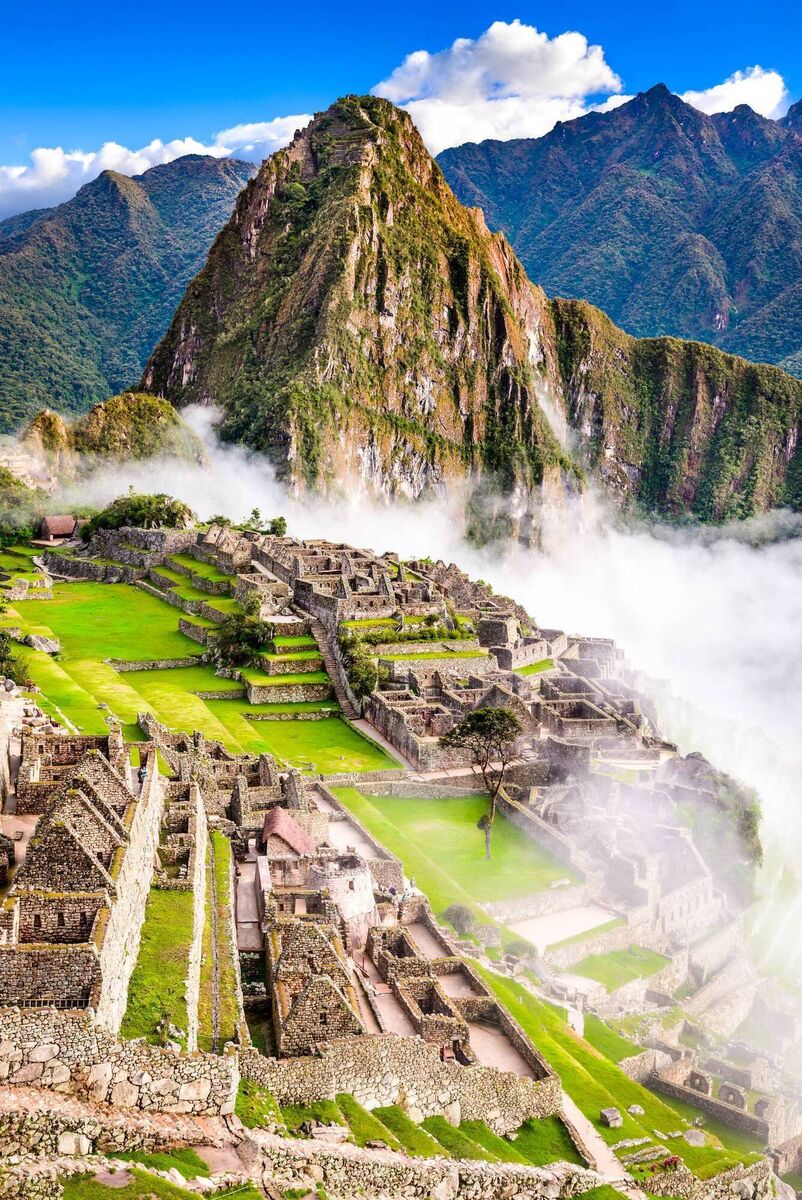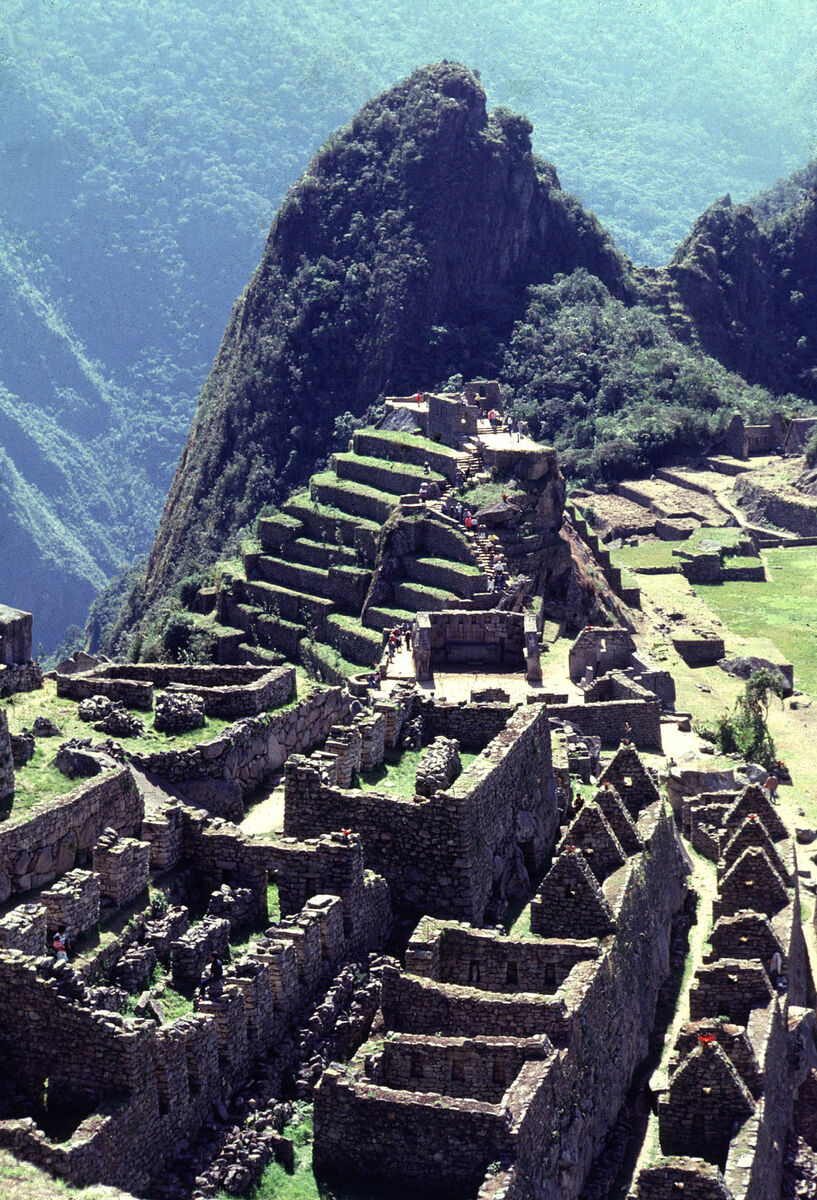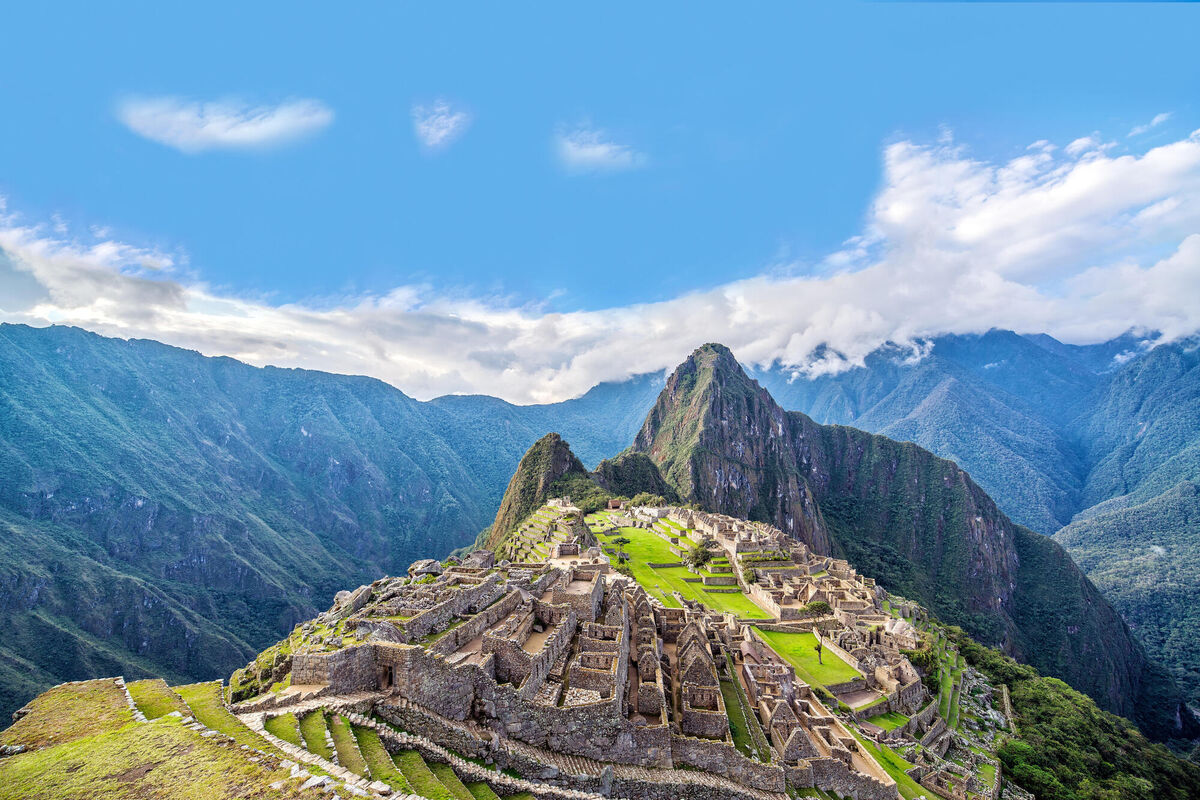A new chapter in Inca archaeology as underground tunnels discovered beneath Cusco’s historic district

A remarkable discovery of underground tunnels beneath Cusco’s historic district is offering fresh insights into Inca engineering and cultural practices. Image: Machu Picchu, the Inca city located in the department of Cusco, in Peru
Cusco, once the illustrious capital of the Inca Empire, has once again become the centre of attention for archaeologists and history enthusiasts worldwide.
A remarkable discovery of underground tunnels beneath the city’s historic district is offering fresh insights into Inca engineering and cultural practices. The unearthing of these passageways, long rumoured in local legends, could reshape our understanding of how the Inca built and organised their imperial seat, known in their language as the navel of the world.
The discovery occurred during a routine survey to assess the foundations of several older buildings in Cusco’s central area. While preparing to reinforce the structural integrity of these centuries-old constructions, workers stumbled upon a cleverly concealed stone entrance. Further exploration revealed multiple branched corridors extending in various directions under the city’s streets.
It’s long been rumored that a network of old, underground tunnels lies beneath Cusco, Peru, the capital of the ancient Incan empire. https://t.co/DWrYXd3cm6
— Smithsonian Magazine (@SmithsonianMag) January 21, 2025
These tunnels are estimated to date to the late 15th or early 16th century, likely during the height of the Inca Empire under rulers such as Pachacuti or Huayna Capac. Although rumours of subterranean passageways beneath Cusco have persisted for generations, few tangible traces had ever come to light, until now.
Historians believe these passageways confirm age-old oral histories that spoke of hidden corridors connecting sacred Inca sites.
One of the most striking features of these tunnels is the precision of their stonework. Much like the famous Inca walls found throughout Cusco and in sites such as Machu Picchu, the stones in these corridors fit together with minimal gaps.
This tight-fitting masonry was a hallmark of Inca construction, designed to withstand seismic activity common in the Andean region.

Archaeologists also note sophisticated drainage channels carved into the passageways. Heavy rainfall is a frequent challenge in Cusco’s mountainous environment, and the Incas showed remarkable foresight by including systems that directed water away from vulnerable areas.
Preliminary analysis suggests the corridors were deliberately designed to resist flooding and potential collapse in the earthquake prone region, reinforcing the Incas’ reputation for advanced engineering skills.
While excavation is still in its early stages, researchers have proposed several possible uses for these newly discovered passageways. Some believe the tunnels may have served as discreet routes for Inca nobles or priests traveling between key ceremonial sites.

In an empire where political power and religion were closely intertwined, the ability to move unseen could have been advantageous, especially during periods of ceremony or conflict.
Another intriguing hypothesis is that these corridors might have had a sacred or ritual function. Archaeologists have uncovered small niches carved into the stone walls, which could have held offerings or ceremonial objects.
These niches may reflect the Incas’ reverence for natural elements, such as water and earth, and their emphasis on connecting the spiritual realm to the physical one.
Water channels within the tunnels suggest they may have been part of ritual purification rites or carefully managed irrigation systems tied to important temples.
For many residents, the discovery is seen as a validation of the oral traditions that have persisted for centuries.
Generations of Cusco families have passed down stories of long-lost tunnels connecting Qorikancha (the Sun Temple) to the fortress of Sacsayhuamán, as well as other significant sites around the city.
Now, the finding of actual subterranean corridors has sparked renewed interest and excitement.
Older members of the community recall tales of people descending through hidden entrances in search of treasure or sacred objects, only to return empty-handed or not at all.
Although no evidence of lost riches has surfaced, the tunnels themselves are being hailed as a treasure trove of cultural and historical significance. Locals are eager to see whether further excavations will one day reveal connections linking Cusco’s most iconic Inca landmarks.

The Inca Empire, known as Tawantinsuyu, was the largest in pre-Columbian America, stretching across modern-day Peru, Ecuador, Bolivia, Chile, Argentina, and Colombia. The Incas built a vast road system of over 24,000 miles, connecting remote regions of their empire and enabling swift communication and trade.
Their mortarless stone constructions exhibit an astonishing level of precision, which has helped many Inca sites survive centuries of natural disasters. The Incas also had sophisticated agricultural systems.
In the steep Andean terrain, terraced fields were constructed to grow staple crops such as potatoes, maize, and quinoa, significantly increasing agricultural yields.
This ancient civilisation also constructed qollqas (storehouses) to stockpile food, ensuring that surplus supplies could sustain the population during lean seasons or in times of conflict.
While the full extent of Cusco’s newly discovered tunnel system remains unknown, each day of excavation brings fresh clues to the surface. Researchers continue to employ techniques such as ground-penetrating radar to map the subterranean labyrinth without risking unnecessary damage. Conservation experts and archaeologists work hand in hand with local communities to balance the desire for knowledge with the need for preservation.
For the people of Cusco, these corridors represent more than just historical artifacts, they symbolise a living link to an illustrious past that still resonates in the city’s day-to-day life.
The idea that modern residents might one day walk through the same passageways once traversed by Inca nobles and priests captures the imagination, reminding everyone of how rich and layered the city’s heritage truly is.
Whether the tunnels were used as hidden ceremonial routes, practical passageways, or both, they stand as a testament to the Incas’ extraordinary skill and cultural depth.
As research continues, the world waits eagerly to see what else these ancient tunnels will reveal about the empire that shaped the Andean region, and about the people who have carried that legacy into the present day.








